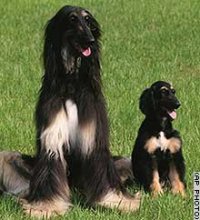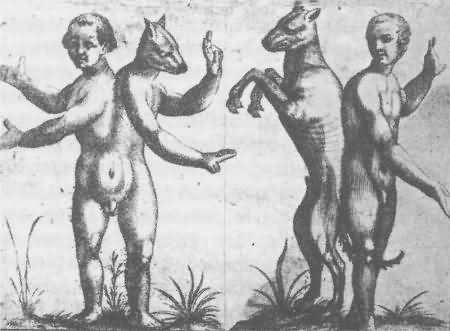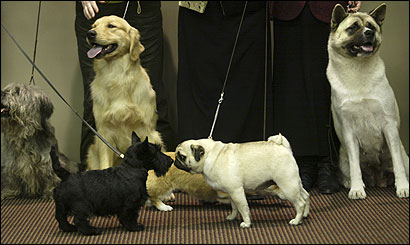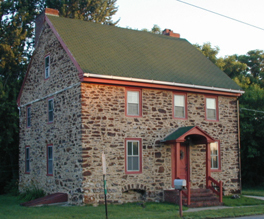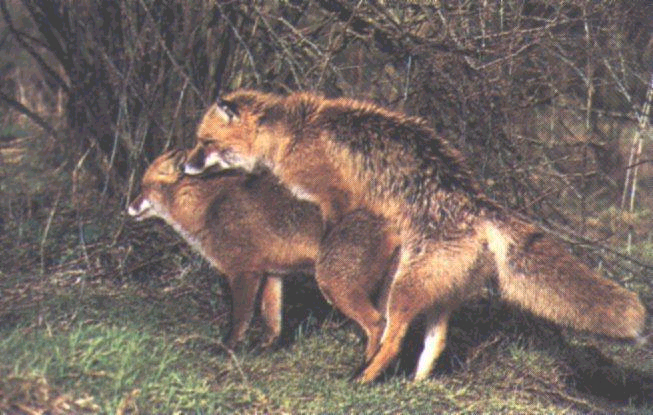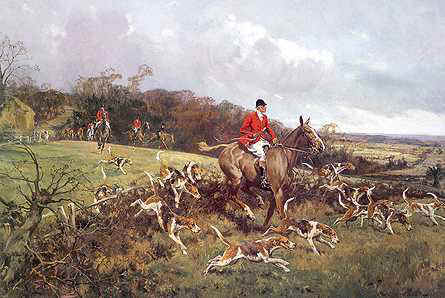
Yorkshire Post, December 27, 2005
Outlawed - But Hunting is More Popular Than Ever
Massive crowds expected to show support at Boxing Day meets
by Simon McGee, Political Editor
HUNTING with hounds is more popular now than before it was outlawed - and today's Boxing Day meets are expected to be the busiest in the history of Yorkshire's hunts.
Membership across the county has risen by about 10 per cent, although in some areas hunt rolls are up by 20 per cent, the Countryside Alliance (CA) says.
A year ago there were widespread fears that the Hunting Act, which came into effect on February 18, would lead to the disbanding of packs, retirement or destruction of dogs and loss of thousands of countryside jobs.
But masters of hunts and organisers say the ban and the controversy surrounding it have galvanised support for the pursuit and acted as a recruiting sergeant for people who had previously no links or interest in the sport until the political furore made it front-page news.
It is now so popular that at least one Yorkshire hunt has had to take the almost un-heard of decision to cap the numbers of riding members turning up on meet days, because of concern for the farmland they ride across.
Hunts say the law, which took eight years of Parliam-entary wrangles and hundreds of hours of debate in Westminster, has so many loopholes and so much scope for interpretation that they can continue going out with hounds and killing foxes.
The law allows packs of hounds to be exercised, and absolves huntsmen from blame if dogs catch a scent and kill a fox, so long as they do not set out to go fox hunting and do everything they can to stop the chase and a kill taking place.
Dogs can also be used to flush out underground foxes that are considered a danger to game or livestock, so they can be shot.
Yorkshire's hunts are killing about 15 foxes a week, the same number as before the ban, the CA has previously estimated, and to date the Crown Prosecution Service (CPS) has not proceeded with a single prosecution anywhere under the Act.
The CA's Yorkshire regional chairman John Haigh said: "Everyone said last year's Boxing Day hunt would be the last, but as it happens we're now looking forward to massive crowds of support at every meet across the county.
"We've shown we can stick together in the face of the Hunting Act and we're determined to carry on and keep everything in place for when the Act is one day repealed".
In North Yorkshire Glaisdale Hunt says subscriptions are up 20 per cent, while the Bedale has not only reported a 10 per cent rise but also a limit on meet days because of concern about the potential damage to farmland by too many horses.
Hurworth Hunt has also seen a 10 per cent boost in members.
Subscriptions to the Badsworth and Bramham Moor Foxhounds, which meets across the middle of Yorkshire, are up by eight per cent.
Barlow Hounds, which hunts in South Yorkshire and North East Derbyshire, has seen the number who turn up to ride regularly rise from about 50 to 60 and a clear increase in subscriptions.
Hunt secretary Caroline Excell-Thomas said: "We have more subscribers and members coming along twice a week than ever before. And we have all these people coming along who had no connection with hunting before the ban gave it so much publicity.
"Overall, we're well up on last year and are expecting our biggest Boxing Day meet ever. We're going great guns".
The Holderness and York/Ainsty South hunts said membership was as strong as it was a year ago.
Ryedale's Tory MP John Greenway, who vigorously opposed the ban, said the popularity of hunting with dogs had shown that the Act had been "a complete and utter waste of time".
"The law is unworkable and defective. It's as simple as that and we said so at the time. You only have to look at how it's boosted hunting. I'm not surprised that membership is up - it's what I'm hearing all the time. As many people as ever, if not more, will be turning up today".
One of many Yorkshire Labour backbenchers who supported the ban, Selby MP John Grogan, said: "So long as everyone is obeying the law I'm happy that the spectacle of horses riding across the countryside continues.
"If they are not staying within the law, as some people allege, then no doubt there'll be a prosecution at some stage".
The CA's new chairman, pro-hunt Labour MP Kate Hoey, will be at Riley-Smith Hall, Tadcaster, on Thursday, January 12, as part of a regional tour to meet members and supporters.
